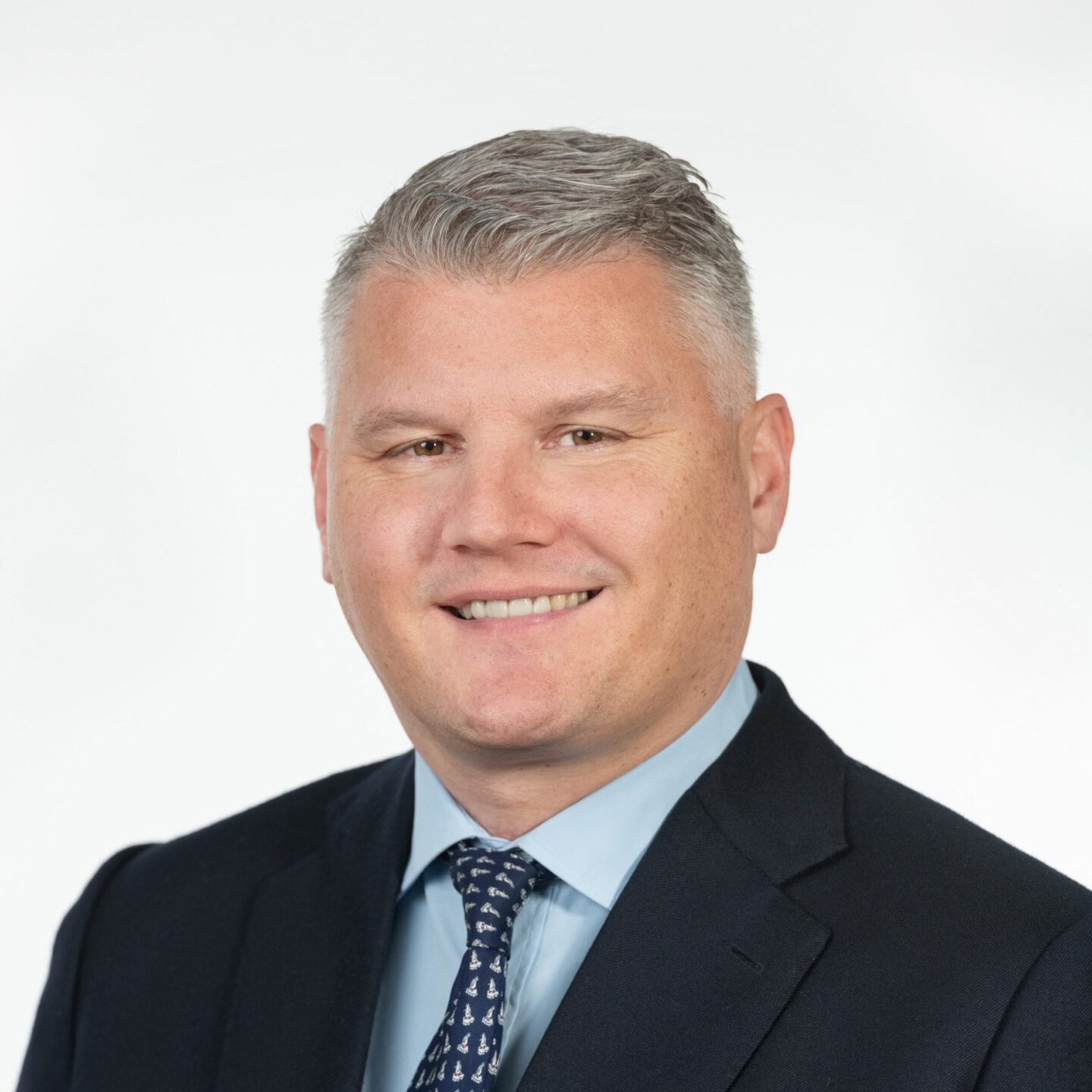
In the latest in our series, Portfolio Adviser hears from Legal & General Investment Management (LGIM) head of UK wholesale distribution James Crossley (pictured right)
Which asset classes and strategies do you anticipate intermediary clients focusing on in 2023?
Given the recent volatility and tough market conditions, our intermediary clients continue to use our multi-index fund ranges, run by Justin Onuekwusi and Andrzej Pioch, and we continue to see strong demand from advisers. We have expanded our Future World ESG multi-index range, which is managed by the same team and aims to incorporate environmental, social and governance (ESG) considerations.
This gives intermediary clients access to the full range of risk-adjusted profiles and aims to integrate ESG in an accessible format. Our recently launched model portfolios, designed to cater for index, blended and ESG requirements and aimed at investors looking to grow their investments to help them meet their long-term goals, have also garnered some attention given the discretionary fund management fee of six basis points.
For the rest of the discretionary market, we see continued demand for both index and thematic ETFs while, on the active side, we anticipate more potential opportunities in fixed income strategies, such as L&G Dynamic Bond, managed for the last three years by Colin Readie and Matthew Rees.
Despite challenging environments for the asset class, there is a need for a multi-faceted bond solution and we have tactically managed our duration. The ability to allocate dynamically across the yield curve and gain exposure to different parts of the fixed income universe is still important for clients.
Should end-investors – and, by association, asset managers – be thinking beyond equity and bond investments? Towards what?
The esoteric and sometimes less liquid asset classes such as property have been in the spotlight in recent times, but they still have a role to play in investor portfolios. In such an uncertain market environment, diversification across asset classes can be key. For LGIM, whether it is redeveloping an underused Edinburgh Princes Street building into a state-of-the-art hotel or ensuring offices in Bristol outperform industry CO2 reduction targets, we still believe property has a great story to tell.
Given client and regulatory pressure on charges, how is your business delivering value for money to intermediaries and end-clients?
As the largest UK-based asset manager, we recognise the ongoing trust our clients place in us and continue to work hard to ensure our funds can offer value for money. And that value is not just about charges – it is about the whole package investors receive from their asset manager, including performance and quality of service. We are constantly looking to provide customers with good outcomes and to identify potential opportunities for improvement – whether that is through our annual Value Assessment or regular reviews of our fund ranges.
“From campaigning on thalidomide in 1972 to engaging with companies on the living wage 50 years later, being a responsible investor is genuinely part of L&G’s heritage.”
How much of your distribution is currently oriented towards ESG issues and sustainable investing? How do you see the responsible side of investing evolving?
We have really seen wholesale client demand for, and interest in, ESG strategies climb in the last 12 months. That said, there are still some clients wondering how to incorporate ESG into their portfolios, but we would expect this wider momentum to continue with progress made around Sustainability Disclosure Regulation. From our roadshows around the UK this year, our clients are particularly interested in the work our Investment Stewardship team undertakes – actively engaging with big-name businesses on their behalf with an aim to secure better outcomes for investors. From campaigning on thalidomide in 1972 to engaging with companies on the living wage 50 years later, being a responsible investor is genuinely part of L&G’s heritage.
How are you now balancing face-to-face and virtual distribution? Have you identified aspects where one is especially better (or worse) than the other?
At LGIM, we have had to become used to a more hybrid model of working, but it has been a delight to get out to see clients around the country. We have been visiting clients and attending events across the UK in 2022. Demand is clearly there to see asset managers face-to-face to keep up-to-date on markets and funds as well as increasing their CPD.
While virtual distribution has given us flexibility and encouraged more regular communication with clients, there can be video-call fatigue and you sometimes cannot beat talking through investments with clients face-to-face. It is about achieving the right blend and being efficient for both the client and our business.
What aspects of your lockdown routine – personal or professional – have you continued as people migrate back to office-working?
I am a keen supporter of the investment industry’s CASCAID challenge, so my boss Steven de Vries and I have run the distance between our home cities of London and Amsterdam (360km) during the month of September. Despite some very sore legs and a few early mornings, it was well worth it as we raised over £10,000 for a very important charity, the NSPCC. I also completed my CFA in ESG during lockdown.
In what ways do you see the asset management sector evolving over the next few years?
Many managers in the industry have struggled given recent market volatility, so we will see some winners and losers but perhaps further consolidation and centralisation of our market. On the client side, we are beginning to see more tailored and institutionalised mandates in the wholesale market in the last 12 months and we would expect to see that continue. I firmly believe there are alternative asset classes that can play a wider part in our industry, providing we can find ways to accommodate illiquidity better.







